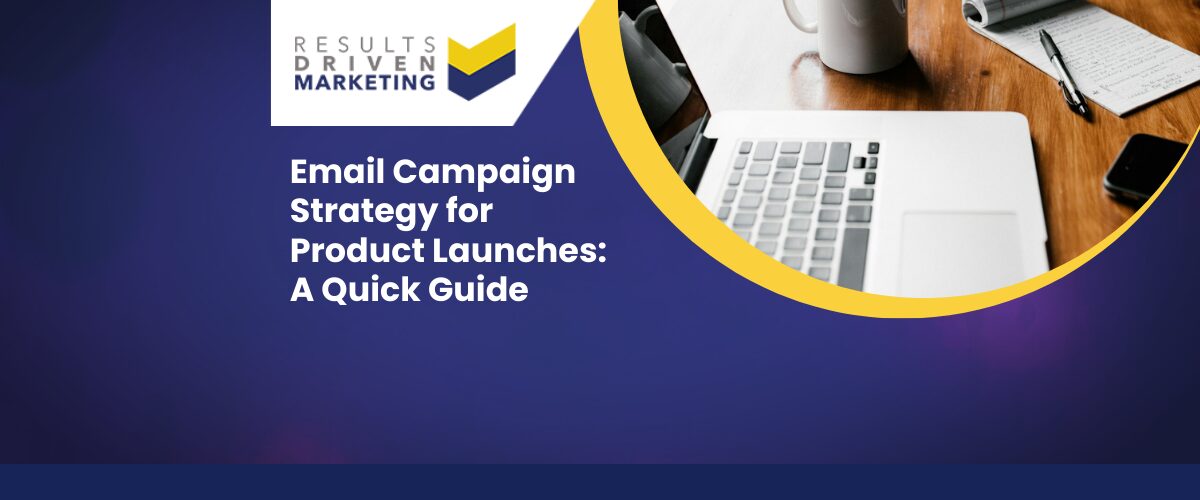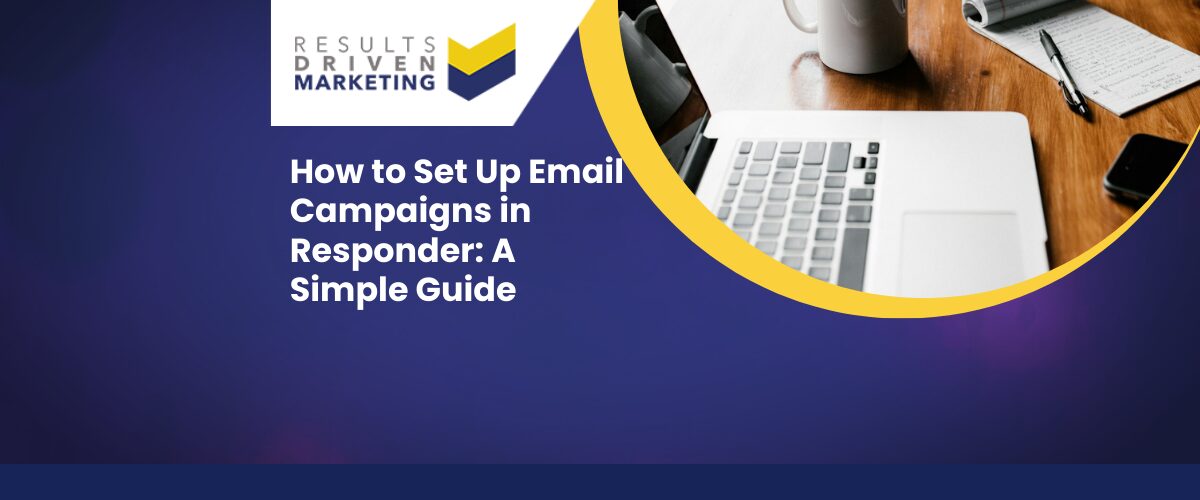
Best Length for Marketing Emails: What Actually Works
Best length for marketing emails — it’s one of those things everyone talks about, but few actually get right. Send something too long and your message gets buried. Too short, and it can feel rushed or vague. For SME owners, sales directors, and marketers relying on purchased B2B data, nailing the sweet spot matters more than ever.
We get it — you’re juggling a dozen things, and the last thing you need is another vague ‘best practice’ that doesn’t move the needle. This guide strips it back to what actually works in real B2B campaigns. Whether you’re writing cold outreach, warm follow-ups or lead nurture emails, we’ll help you hit the right balance between brevity and impact.
By the end, you’ll have a clear idea of how long your marketing emails should be — and how to make every word count. No fluff, just practical advice you can use straight away.
Table of contents:
Why Email Length Still Matters in B2B Outreach
The best length for marketing emails isn’t just a copywriting debate — it directly impacts whether your message gets seen, read, and acted on. In B2B, especially when targeting decision-makers with purchased data, you’re often a stranger landing in a busy inbox. First impressions count.
Short attention spans = short windows
Business owners, sales directors, and marketing leads are time-poor. If your email doesn’t get to the point fast — and stay relevant — it gets archived, deleted, or ignored. Length isn’t just a word count issue — it’s about clarity, speed, and respect for their time.
Inbox fatigue is real
These days, inboxes are flooded with marketing emails. Long-winded intros or rambling pitches feel like hard work. A concise, well-structured message shows confidence and professionalism.
Your goal isn’t to inform — it’s to spark action
Whether that’s a reply, click, or booked call, email length should support the outcome — not just fill space. The right length builds trust, delivers value fast, and nudges the reader toward that next step.
Short vs Long Marketing Emails: Pros and Cons
When it comes to the best length for marketing emails, there’s no one-size-fits-all. The right length depends on who you’re targeting, where they are in the funnel, and what you want them to do. Here’s how short and long formats stack up.
Short Emails (50–125 words)
✅ Pros:
-
Perfect for cold outreach — gets to the point quickly
-
Easy to skim on mobile (where most emails are read)
-
Encourages replies rather than passive reading
-
Less likely to trigger spam filters
⚠️ Watch out for:
-
Coming across as blunt or vague if poorly written
-
Not enough context if you’re asking for too much too soon
Best use case: Initial cold contact, short follow-ups, reactivation emails
Long Emails (150–300+ words)
✅ Pros:
-
Great for warm leads who already know you
-
Lets you build a narrative: case studies, offers, results
-
Space to personalise, qualify, or segment audiences
⚠️ Watch out for:
-
Losing attention before your CTA
-
Getting too “wordy” — each sentence must earn its place
Best use case: Lead nurture sequences, proposal follow-ups, value-based offers
Takeaway: It’s not about short vs long — it’s about clarity and context. Each word should either explain, persuade, or drive action. If it doesn’t, cut it.
Industry Benchmarks and What’s Actually Working Now
If you’re wondering what the best length for marketing emails is right now, you’re not alone. Let’s look at what the data says — and what’s working in real-world B2B campaigns.
The sweet spot: 50–200 words
Studies show that B2B emails between 50 and 125 words tend to generate the highest response rates, especially for cold outreach. They’re quick to read, easy to process, and feel less like a pitch and more like a conversation starter.
However, when it comes to warm leads or nurture sequences, longer emails — up to 200–300 words — often perform better, especially if you’re telling a story or sharing results.
UK-specific insight
UK SME decision-makers are typically more cautious and time-sensitive than their US counterparts. Short, polite, value-driven emails tend to perform better — especially when the message is tailored and relevant to their industry or challenge.
Don’t just copy stats — consider the context
Benchmarks are useful, but they don’t replace understanding your audience. The best length for your email depends on:
-
How familiar the recipient is with your brand
-
The offer or action you’re promoting
-
Whether it’s your first touchpoint or your fifth
Bottom line: Let benchmarks guide you, not define you. Use them as a starting point — then test, tweak, and optimise based on what gets replies.
How to Find Your Ideal Email Length
There’s no magic word count that works for everyone — but there is a method. The best length for marketing emails comes down to purpose, audience, and structure. Here’s how to figure out what’s right for your campaign.
Define Your Email’s Goal
Every email should have one clear job. That job determines how much you need to say:
-
Looking for a reply or meeting? Keep it short and focused (75–125 words).
-
Educating a warm lead or re-engaging someone? You might need more depth (150–250 words).
-
Promoting a download or offer? Focus on value, not word count — tease just enough to spark interest.
Tailor by Campaign Type
Cold Outreach
-
2–3 short sentences max
-
Highlight pain point or outcome
-
No jargon, no fluff
Follow-Ups
-
Even shorter
-
Reference previous email or contact
-
Quick nudge with soft CTA
Warm Leads or Nurture
-
Add context, results, or testimonials
-
Still keep structure tight — avoid paragraphs that drag
-
End with one clear action
Structure Matters More Than Word Count
Length alone doesn’t decide effectiveness — structure does. You can say a lot in 100 words if it’s well organised:
-
First line: Hook — show relevance immediately
-
Middle: Quick context or proof (optional)
-
End: Strong, specific CTA
-
Layout: Use white space, bullets, and short sentences
Tip: Always preview your email on mobile. If it looks like a wall of text, cut it down.
Real-World Tips to Nail Email Length
You’ve seen the benchmarks and structure advice — now here’s how to apply it. These practical tips will help make sure your marketing emails are the right length for your audience and your goal.
1. Write Like a Human
Use plain language. Be clear, direct, and conversational — like you’re talking to a busy colleague.
2. Cut Ruthlessly
If a sentence doesn’t help explain, persuade, or prompt action — delete it.
3. Read It Out Loud
If it sounds clunky or too formal, rework it. Speak like a human.
4. Always Preview on Mobile
Format for small screens. Short paragraphs and white space make a big difference.
5. One Email = One Job
Focus on one goal per email. One offer, one action, one CTA.
6. Test and Learn
Track replies, not just opens. Split test length, subject lines, and calls to action.
Why Choose Results Driven Marketing
We don’t just supply data — we help businesses turn it into results.
At Results Driven Marketing, we’ve spent over a decade helping UK SMEs get more from their marketing lists. Whether you’re launching a new campaign or fine-tuning your existing outreach, we understand what it takes to get through to the right people — and it starts with high-quality data, tailored to your goals.
Here’s why clients choose us:
-
12+ years’ experience in B2B data and lead generation
-
UK-based team that understands local markets and decision-makers
-
Sector-specific targeting — 2,000+ industries covered
-
GDPR and CTPS compliant as standard
-
Data tailored to your preferred marketing style: email, phone, or post
-
Fast turnaround — typically within 24 hours
-
Genuine support — we want your campaigns to succeed, not just go live
Looking to buy email lists that actually perform? We’ll tailor your data to fit your campaign, not the other way around.
Final Thoughts: Focus on Value, Not Just Word Count
The best length for marketing emails isn’t about hitting a magic number — it’s about delivering value, fast. Whether you’re writing 75 words or 275, every sentence should move the conversation forward.
If you’re targeting decision-makers with purchased B2B data, you’ve already got one shot at making a strong first impression. Respect their time, lead with relevance, and make it effortless to take the next step.
Keep this in mind:
-
Short is strong — if it’s clear and relevant
-
Longer can work — if it’s structured and focused
-
Every email should feel like it was written for one person
And remember — the most powerful emails aren’t just well-written. They’re well-targeted.
📞 Want more replies from your campaigns?
We’re here to help. Contact us to speak with a data expert or request a tailored quote.
Results Driven Marketing
B2B Data Experts | GDPR-Compliant | UK SME Specialists
📍 Cobalt Business Exchange, Newcastle
📞 0191 406 6399 | 🌐 rdmarketing.co.uk





